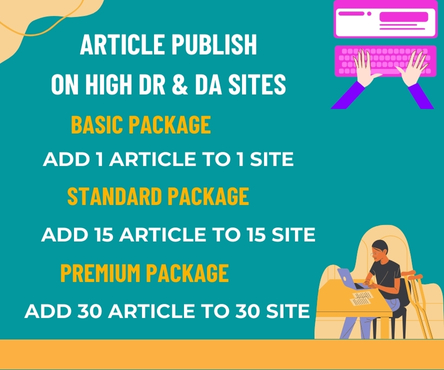In the competitive world of real estate, first impressions are everything. When potential buyers browse through listings online, the quality of the property photos can make or break their decision to schedule a viewing. This is where Real Estate Photo Editing comes into play, transforming ordinary images into stunning visuals that showcase a property’s best features.
High-quality photos are essential for capturing the attention of potential buyers and setting a property apart from the competition. However, even with the best photography equipment and techniques, raw images may not always accurately represent the property’s true potential. This is where photo editing plays a crucial role.
The Benefits of Real Estate Photo Editing
Real estate photo editing offers numerous benefits, including:
- Enhanced Visual Appeal: Editing allows you to adjust brightness, contrast, and colors, making images more visually appealing and engaging. This can significantly impact a buyer’s emotional connection to the property.
- Removal of Distractions: Unwanted objects, power lines, or other distractions can be removed, focusing the viewer’s attention on the property’s best features.
- Virtual Staging: Empty rooms can be virtually staged with furniture, decor, and lighting, helping buyers envision themselves living in the space.
- Image Consistency: A consistent look and feel across all listing photos can reinforce a brand’s identity and professionalism.
- Increased Conversions: High-quality, edited photos can lead to more views, inquiries, and ultimately, more conversions.
Common Real Estate Photo Editing Techniques
Several techniques are commonly used in real estate photo editing to enhance property images:
- HDR (High Dynamic Range): Combining multiple exposures to create a single image with balanced lighting and detailed shadows.
- Perspective Correction: Adjusting the image to ensure straight lines and a true representation of the property’s architecture.
- Object Removal: Removing unwanted objects or distractions to focus attention on the property.
- Color Grading: Enhancing colors to create a welcoming and inviting atmosphere.
- Virtual Staging: Adding furniture, decor, and lighting to empty rooms to help buyers visualize the space.
Best Practices for Real Estate Photo Editing
To maximize the potential of real estate photo editing, consider the following best practices:
- Work with a Professional: Collaborate with experienced photo editors who understand the real estate industry and its specific requirements.
- Use High-Quality Images: Start with high-resolution images that accurately represent the property.
- Be Subtle: Avoid over-editing, which can make images look unnatural or misleading.
- Consistency is Key: Ensure a consistent look and feel across all listing photos.
- Brand Your Listings: Use editing to reinforce your brand’s identity and professionalism.
The Future of Real Estate Photo Editing
As technology advances, the possibilities for real estate photo editing continue to expand. Virtual and augmented reality experiences, 3D walkthroughs, and AI-powered editing tools are revolutionizing the industry. By embracing these innovations and prioritizing high-quality photo editing, real estate professionals can stay ahead of the competition and showcase properties in the best possible light.
In conclusion, real estate photo editing is a crucial aspect of maximizing a property’s potential. By enhancing visual appeal, removing distractions, and creating a consistent brand identity, edited photos can significantly impact a buyer’s decision to schedule a viewing. By working with professionals, using high-quality images, and following best practices, real estate professionals can unlock the full potential of their listings and attract more buyers.

